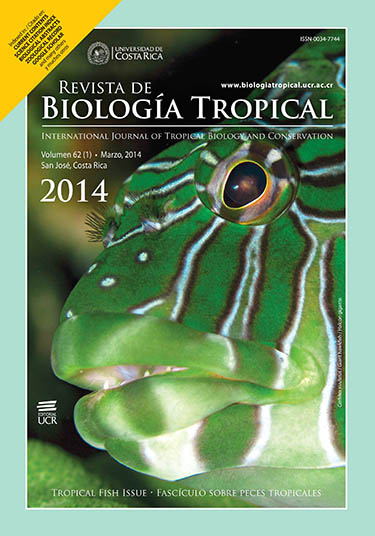Resumen
Los esfuerzos globales para digitalizar los datos de ocurrencia de la biodiversidad en colecciones, museos y otras instituciones han estimulado el desarrollo de herramientas para mejorar el conocimiento y conservación de la biodiversidad. La “Global Biodiversity Information Facility” GBIF permite el acceso a más de 321 millones de registros, alojados en 379 instituciones. Los murciélagos neotropicales son un grupo muy diverso y especializado y la información geográfica del grupo se ha incrementado desde hace unos años, pero son pocos los reportes acerca del tema. El objetivo de este estudio fue analizar el número de registros disponibles en GBIF de los murciélagos neotropicales de 21 países de América. Por lo tanto, se evaluó la consistencia del nombre científico y la calidad geográfica a escala de país. Además, se evaluaron vacíos de información sobre una grilla de 1° latitud y 1° longitud. Hubo cerca de 1/2 millón de registros, de los cuales el 58% no incluyeron coordenadas geográficas; el 52% pasaron las dos evaluaciones. Se estimó que el 54% del área geográfica analizada no tiene registros; los vacíos están en centros de biodiversidad como la Amazonía y la Patagonia. En conclusión nuestros resultados sugieren que los datos disponibles en GBIF tienen sesgos geográficos y en los nombres científicos. Los datos de GBIF representan parcialmente las riquezas de murciélagos, además los principales vacíos de información se encuentran en América del Sur.






